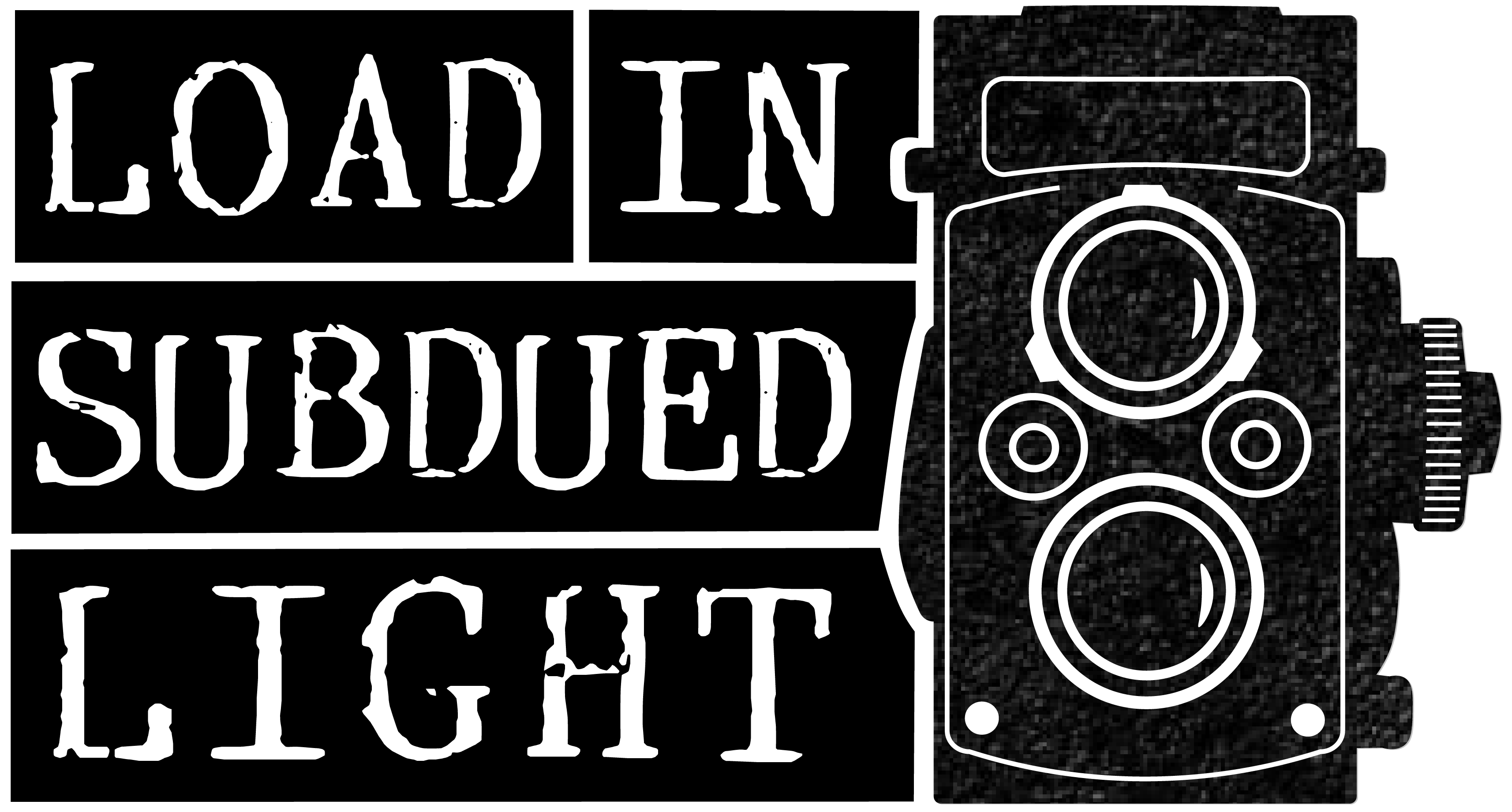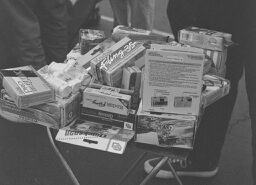There are tons of formats in film photography, as you may discover with a little poking around. If you look at film labs, you will see all these letters and numbers, and they may not mean anything to you, but they mean something to those who have spent time learning the craft; 120, 35mm, 110, 828, APS, Disc, 4×5, 8×10, 616, 620, 126, etc., these are not just fabricated abbreviations or randomly pulled numbers. They all mean something, but some remain more current than others.
35mm Film Photography
Film Photography is most often referring to 35mm film, with its 24mm x 36mm negatives. This is by far the most popular format still used today. The nice part about this format is the ease of use, even when switching from one camera to another. There is almost always an identical loading process, except for some compact cameras which have even easier loading methods.
These cameras come in a few different styles, all the way from simple, very beginner friendly to fully manual cameras requiring a bit of know-how in order to operate. This is the landing space for cameras under five dollars or well over thousands!
This is what you shoot when you pick up one of those disposable cameras you may have had as a kid, or that your friend brought on vacation. No one is ever astounded at the quality that comes from those cameras, but it is fun to see the pictures when you finally get them back from a lab.
This is probably the best-known representation of 35mm among non-photographers. Though, it isn’t necessarily the best representation. Gear does play a pretty big role in the quality of the photo, and you could make a compelling argument that the most important parts are the film being used, the quality of glass in the lens, and the accuracy of the camera.
But with so many options, it can be fun to swap gear around for some experimentation and chances to learn. Sometimes you can get the chance to shoot with a camera you would never otherwise choose to shoot with! Often times for me, this is obscure cameras in the medium format world.
Medium Format
The most accessible format that begins to increase quality without too much re-learning of cameras is medium format. There are plenty of options for medium format films, but the one that has survived for continued usage today is 120 film.
120 Film
120 film, in spite of what people may think, is not 120mm. The negatives are 6 centimeters (60mm) wide, and different lengths depending on the camera you choose to put them in. The most common negative sizes are 6×4.5, 6×6, 6×7, 6×8, and 6×9. Though, some less common cameras will allow you to shoot a 6×12, or even up to a 6×17. All of these measurements are in centimeters, of course.
Moving into a medium format camera can seem a bit spooky because of the different viewfinders, film advancers, and loading methods, but once you get over this initial new information shock, it’s a blast!
Rather than having a canister or cassette that holds all the film before and after shooting, medium format has two spools. The first comes with a new roll of film; the second is the old, leftover spool from the last roll, and is most often still in the camera. So when you shoot a roll, rather than rewinding it back into the cassette, it ends up on a new spool, usually with a tag or sticker labelled “exposed” hanging off. The film is light-safe thanks to protective backing paper holding it in complete darkness.
All Shapes and Sizes
The amazing thing about medium format cameras is the insane variety from one to another. While there are some styles that are more popular than others, there are an abundance of each
Single lens reflex (SLR) cameras are common, but not all of them look alike. Very few are similar to the SLR cameras known to the 35mm world. Others have a waist level viewfinder (WLVF) that requires a “hip shot” when capturing the image. Performing the set up for these WLVF cameras is done by looking at a viewfinder from above to compose the image.
This is the standard means to composing an image for twin lens reflex (TLR) cameras. These ones have a viewing lens and a taking lens, hence twin lens reflex. They became famous in the 1930’s and continue to hold their status as both fun and professional cameras.
Others still have WLVF for composing, but in their own way, uniquely separate from TLR cameras. Some of these are box cameras, which look exactly the way they sound. Others are collapsible with beautiful bellows when they are fully extended out for use. The variety goes on and on.
There’s something special about holding those larger negatives that is a bit addicting! However, if 120 film is too intimidating to you, there is nothing wrong with continuing on in 35mm photography!
Other Common Medium Format Films
There are some other common medium format films that get tossed around here and there. While these films are well-known, they are not necessarily popular. This is sometimes due to price, convenience, or limited availability.
220 Film
The first of the common, yet unpopular films is 220 film. This film works in most cameras that accept 120 film. The big difference is 220 film gets twice as many shots in as 120 film. The only reason it may not fit in some cameras is the size of the roll can get big, or some cameras have pressure plates in them to track the number of shots in a roll, and they simply may not be outfitted to hold a 220 roll. But you may discover that many, many 120 film cameras can also be used with 220 film.
620 Film
Kodak made the invention of 620 film, a special spool of medium format specifically for use with Kodak 620 cameras. This camera type was only made by Kodak, and the film was also only made by Kodak. The approach was similar to the way Apple products would only accept Apple-specific chargers, prior to the use of USB-C chargers.
The innovation and market capitalization was brilliant, but ultimately didn’t last. What we know about 620 film today is this: it is no different than 120 film, but the spool is a little smaller. Not in length, but at the ends of the spool, the circles have a larger circumference. This means that if you go ahead and cut up a 120 spool, you can take 10 minutes to turn it into a 620 spool.
It isn’t hard to learn how to make a 620 spool at home. Since a lot of the 620 cameras are a bit on the cheaper end, it can be tons of fun to quickly make a 620 spool or two, roll some fresh film onto it, and play around with some of these cameras. Anything from the more professional feeling Kodak Jiffy cameras to the Kodak Brownie Jr. toy camera are fun to experiment with, especially with their low costs.
Final Remark
Of all the films out there, 35mm is definitely the most popular, the easiest to learn on, and the cheapest to buy and have developed. For those starting out, go grab a camera and a roll of film for nice and cheap and start playing around!



Leave a Reply